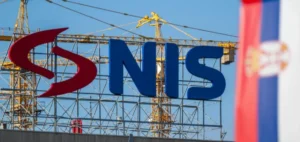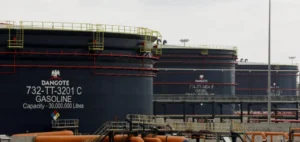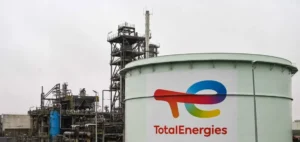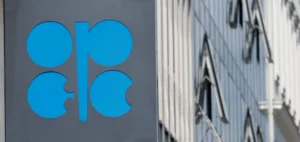CNOOC Limited reaches a new milestone in the Beibu Gulf with a well producing over 1,000 cubic meters of oil equivalent per day.
Located in the Wushi 16-5 structure, the WS16-5-4 well is drilled to a depth of 4,185 meters and encountered 65 meters of recoverable oil zones.
This production marks a first in the Wushi Sag region.
At the same time, CNOOC is greatly expanding its oil activities in Bohai Bay.
The operation highlights the potential of this mature area for oil exploration.
With proven oil reserves in excess of 100 million cubic meters, this discovery strengthens local production capacities and demonstrates the effectiveness of the drilling methods used.
Nevertheless, CNOOC is not neglecting renewable energies, and is also developing floating wind turbines on the high seas.
Technology and innovation
The Wushi 16-5 operation is based on advanced technologies.
CNOOC uses innovative drilling techniques to reach deep reserves and maximize oil production.
The “rolling exploration” strategy led by Xu Changgui, Chief Geologist, confirms the exploratory potential of Wushi Sag and the efficiency of the technologies employed.
These technological advances optimize resource extraction and pave the way for future exploration in similar areas.
The success of this drilling demonstrates CNOOC’s ability to use cutting-edge technologies to increase production.
Impacts on the energy sector
The Wushi 16-5 discovery has significant implications for China’s energy sector.
It strengthens domestic production capacity, contributing to China’s energy security.
This achievement could attract further investment and encourage further exploration in the Beibu Gulf.
By increasing domestic oil production, China can reduce its dependence on imports, positively influencing oil prices and having wider economic repercussions.
This strategic discovery strengthens China’s position in the global energy market.
Future prospects
This drilling success opens up new prospects for CNOOC.
The company plans to continue exploration in the Beibu Gulf and other offshore regions.
This discovery prompts a reassessment of untapped potential in other offshore basins in China.
With an ongoing commitment to research and development, the future of oil exploration in China looks bright.
CNOOC continues to demonstrate the potential of offshore energy resources, paving the way for new opportunities and strengthening national energy security.
The discovery in the Beibu Gulf represents a major breakthrough for the Chinese oil industry.
Thanks to cutting-edge technologies and an ongoing exploration strategy, CNOOC confirms the potential of offshore energy resources, strengthening national energy security.




















